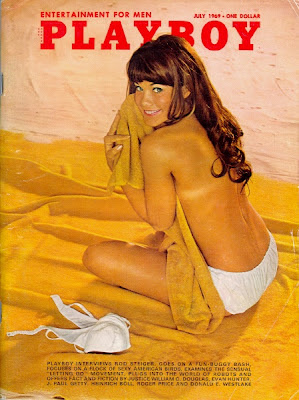I am the god of hellfire
And I bring you . . . FIRE!
[NOTE: Last but certainly not least in this year’s group of 2 OR 3 LINES “GOLDEN DECADE” HIT SINGLES HALL OF FAME inductees is “Fire,” by The Crazy World of Arthur Brown. Here’s a slightly edited version of my February 2011 post about Arthur Brown and “Fire.”]
Arthur Brown is responsible for perhaps the most electrifying song of the 1960s, “Fire,” which is a stick of dynamite if I ever did see one.
* * * * *
Arthur Brown is responsible for perhaps the most electrifying song of the 1960s, “Fire,” which is a stick of dynamite if I ever did see one.
“Fire” came out of nowhere to hit #1 on the British charts in August 1968, and made it all the way to #2 in the United States a couple of months later.
Brown's live performances were just a bit over the top. He sometimes performed wearing a complicated helmet-like contraption on his head that was filled with fuel and set on fire:
This helmet was not terribly high-tech, and sometime things went wrong. Once his head caught on fire, and the flames had to be extinguished with beer by a couple of audience members.
 |
Brown released several albums in the seventies and had a part in the Ken Russell movie of the Who's Tommy. (He sings a verse of “Eyesight to the Blind” in that movie.)
Later, he moved from the UK to Austin, Texas, and got a master's degree in counseling. He and another counselor co-founded Healing Songs Therapy. (Brown wrote a song about each of his client's emotional issues, presumably for therapeutic purposes – or perhaps because it was a good way to attract clients.)
Brown is currently a proponent of the teachings of G. I. Gurdjieff, a mystic and guru whose approach to self-awareness is known as the “Fourth Way.” Click here to read what one skeptic has to say about Gurdjieff and his teachings.
 |
| G. I. Gurdjieff |
And click here to learn more about a biography of Brown titled The God of Hellfire.
“Fire” was on Brown's The Crazy World of Arthur Brown album, which also featured a pretty convincing cover of “I Put A Spell On You”:
 |
And click on the link below to order the song from Amazon:























